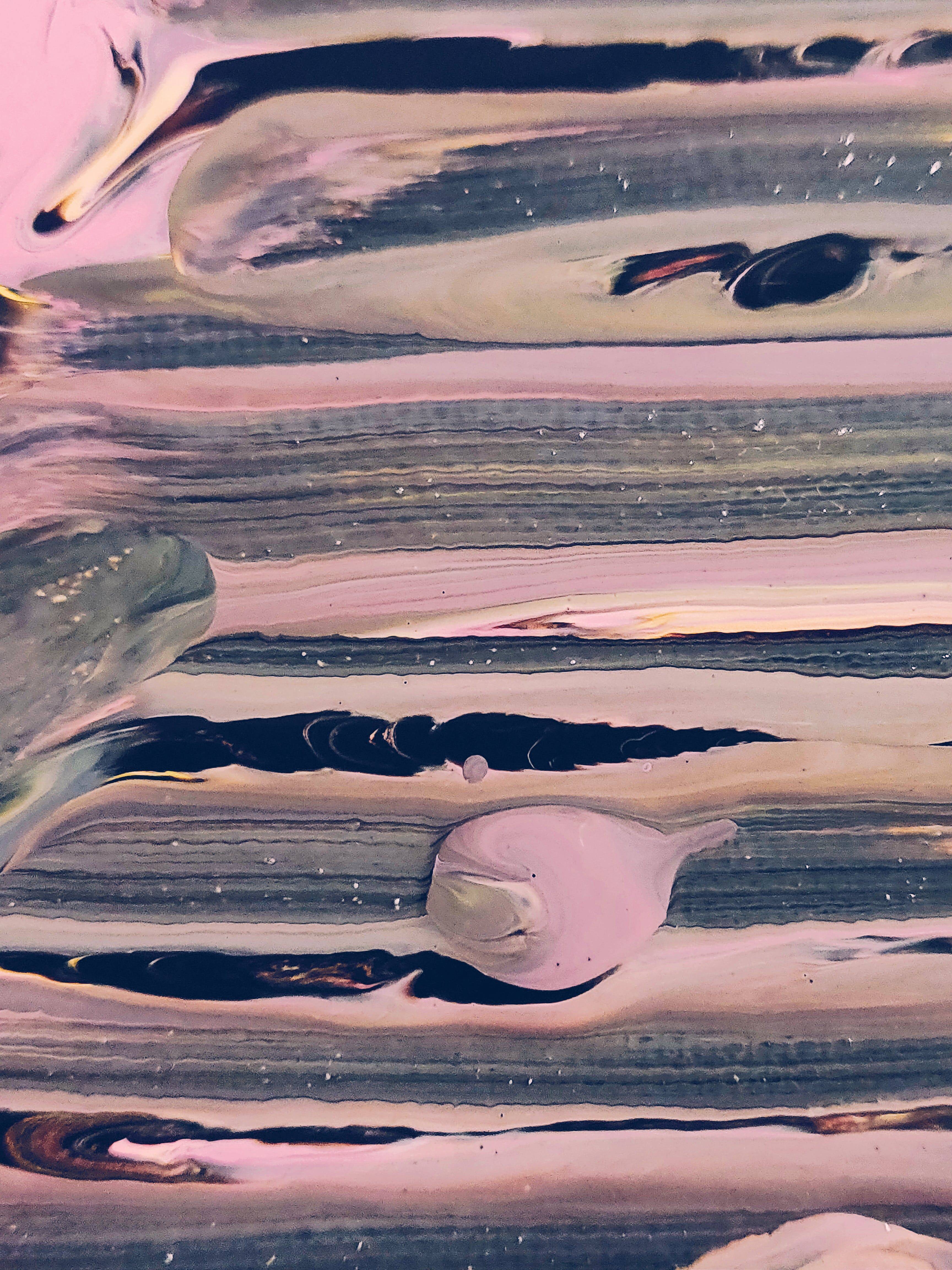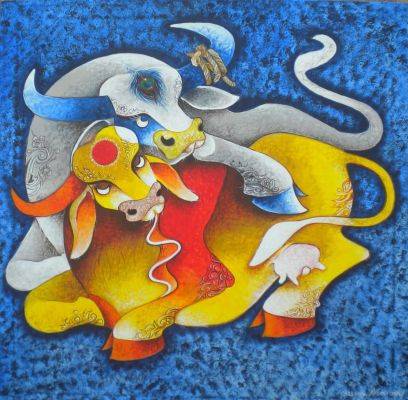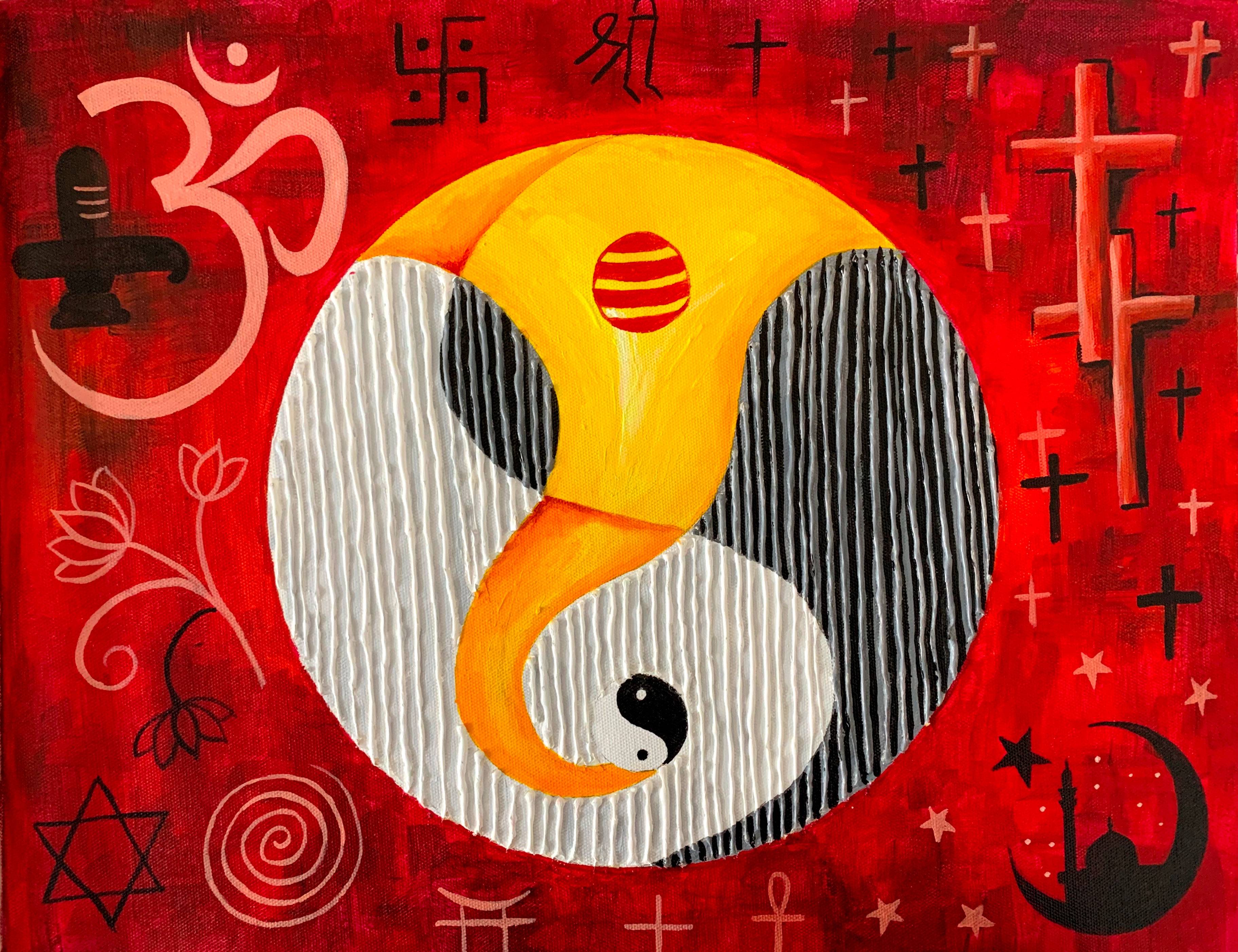Introduction:
Art has always held a special place in human civilization, serving as a powerful medium of expression and communication. For artists, their creations are not merely works of art, but reflections of their inner selves and journeys. Artworks have a profound impact on an artist's life, influencing their emotions, perspectives, and personal growth. In this blog, we will explore the transformative power of artworks and how they shape the lives of artists.
1. Self-Expression and Catharsis:
Art allows artists to express their deepest thoughts, emotions, and experiences in a way that words often fail to capture. Through their creations, artists find a voice that transcends the limitations of spoken language. The process of creating art becomes an outlet for emotions, providing a cathartic release and enabling artists to better understand themselves. Artworks become a visual diary, documenting their joys, sorrows, hopes, and fears.
2. Personal Growth and Healing:
Engaging in art-making has the power to facilitate personal growth and healing for artists. The act of creating art requires introspection, self-reflection, and vulnerability. Artists often embark on an inward journey while working on their artworks, confronting their fears, insecurities, and unresolved traumas. This process of self-discovery and healing not only impacts their artistic practice but also extends to their personal lives, fostering self-acceptance, resilience, and emotional well-being.
3. Evolving Perspectives and Empathy:
Artworks have the remarkable ability to challenge societal norms, provoke thought, and ignite conversations. Artists often tackle complex issues such as social inequality, political unrest, and environmental concerns through their art. By exploring these themes, artists develop a deeper understanding of the world around them and evolve their perspectives. Art becomes a catalyst for empathy, enabling artists to connect with diverse perspectives and cultures, fostering a greater sense of global citizenship.
4. Inspiration and Influence:
Artists draw inspiration from various sources, including other artworks. Engaging with different styles, techniques, and genres allows artists to expand their creative horizons. Artworks created by masters of the past and present can profoundly influence an artist's style, technique, and conceptual framework. Such influences not only shape their artistic practice but also influence their personal growth as they absorb and reinterpret the ideas of others.
5. Connection and Communication:
Art transcends language barriers and cultural boundaries, acting as a universal language that fosters connection and communication. Artists can connect with their audience on a deep emotional level through their artworks, evoking feelings and sparking conversations. The power of art to elicit a wide range of emotions and create meaningful connections between people often leads to profound impacts on both the artist and the viewer, fostering empathy, understanding, and shared experiences.
Conclusion:
Artworks have a profound impact on an artist's life, permeating every aspect of their being. From self-expression and personal growth to evolving perspectives and the power to connect with others, art plays a transformative role in an artist's journey. By delving into the depths of their emotions, engaging with diverse influences, and communicating their innermost thoughts through their creations, artists not only transform themselves but also touch the lives of others, leaving a lasting impact on the world around them.







